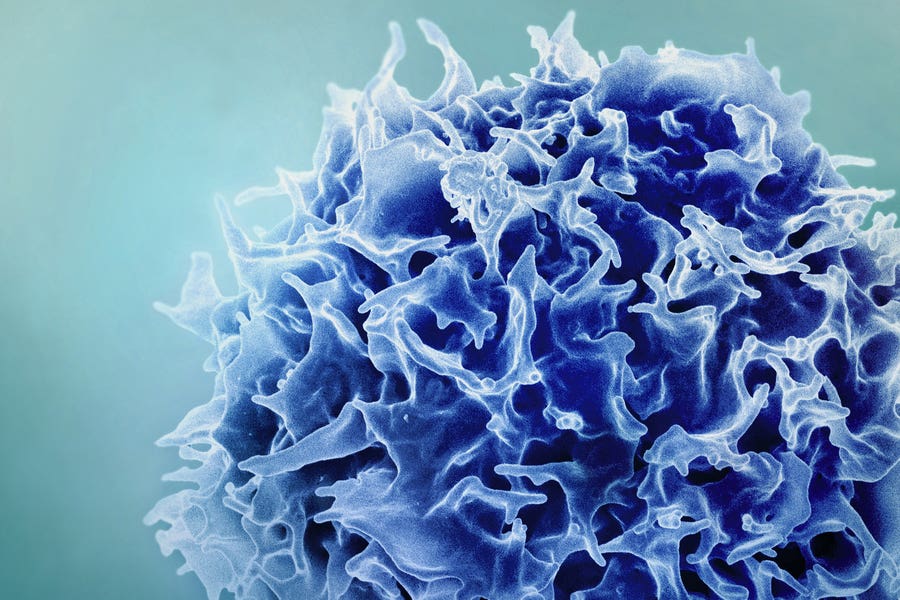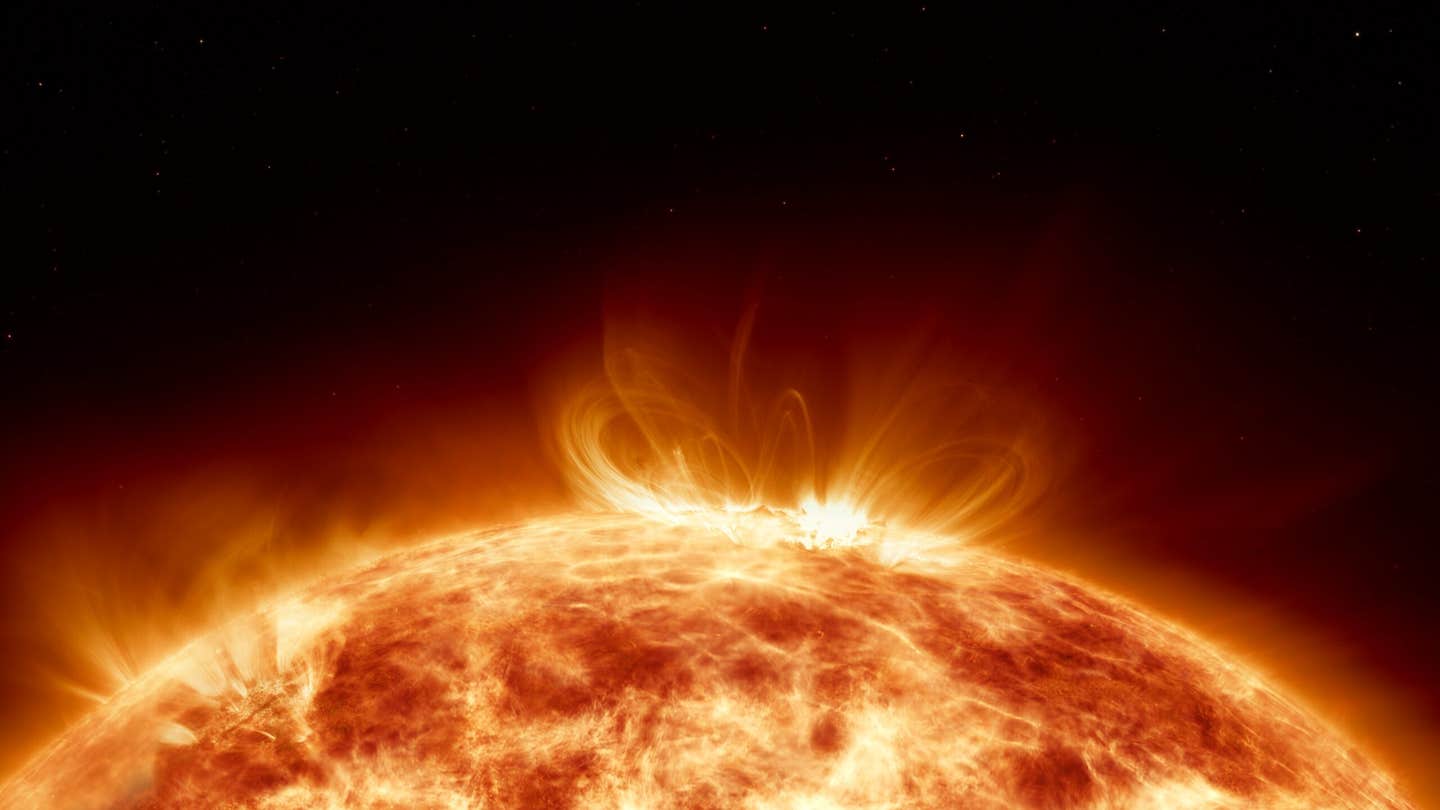Scientists discover how the human brain coordinates speaking and breathing
This discovery sheds light on a fundamental aspect of how our brains regulate speech and respiration.

This discovery sheds light on a fundamental aspect of how our brains regulate speech and respiration. (CREDIT: Creative Commons)
MIT scientists have pinpointed a brain pathway responsible for coordinating vocalization with breathing, ensuring that speech occurs during exhalation and pauses during inhalation. This discovery sheds light on a fundamental aspect of how our brains regulate speech and respiration.
Led by MIT researcher Fan Wang, the team uncovered a neural circuit in the brainstem that governs vocalization in mice. This circuit controls two crucial aspects of vocalization: the narrowing of the larynx and the exhalation of air from the lungs.
Wang explains, "When you need to breathe in, you have to stop vocalization." This coordination is vital for effective communication.
Neurons and circuit mechanisms for phonation and vocalization-respiration coordination. (CREDIT: Science Advances)
Jaehong Park, the lead author of the study published in Science, describes their investigation into the neural mechanisms behind vocalization. Using a mouse model, the researchers focused on ultrasonic vocalizations (USVs), a form of communication among mice. By studying how mice produce these sounds, they aimed to understand the neural pathways involved in vocalization.
The team discovered that vocal cord adduction, the closing of vocal cords necessary for producing sounds, is controlled by a group of neurons located in the hindbrain region known as the retroambiguus nucleus (RAm).
By tracing synaptic connections, they identified a subset of neurons within the RAm, termed RAmVOC, which are specifically involved in vocalization.
Related Stories
To explore the function of RAmVOC neurons, the researchers utilized chemogenetics and optogenetics, techniques that allow manipulation of neuronal activity. When RAmVOC neurons were silenced, mice were unable to produce vocalizations.
Conversely, activation of these neurons led to vocal cord closure and the production of USVs. However, prolonged activation resulted in interruptions by inhalations, indicating the overriding influence of breathing on vocalization.
Further investigation revealed that neurons in the pre-Bötzinger complex, a brainstem region responsible for generating inhalation rhythms, directly inhibit RAmVOC neurons.
This inhibitory input ensures that breathing takes precedence over speech production, forcing pauses in speech for inhalation.
Wang emphasizes the significance of this finding, stating, "Breathing is a survival need." The brain prioritizes breathing, even when vocalization is stimulated artificially.
While the study focused on mice, the researchers believe that the identified circuitry likely plays a similar role in human speech production.
Despite differences in complexity, both mice and humans rely on vocal cord closure and exhalation for phonation.
Looking ahead, the team aims to investigate how other functions such as coughing and swallowing may be influenced by the brain circuits governing breathing and vocalization.
This research has the potential to deepen our understanding of the intricate interplay between neural pathways controlling vital functions.
Note: Materials provided above by The Brighter Side of News. Content may be edited for style and length.
Like these kind of feel good stories? Get the Brighter Side of News' newsletter.
JJ Shavit



